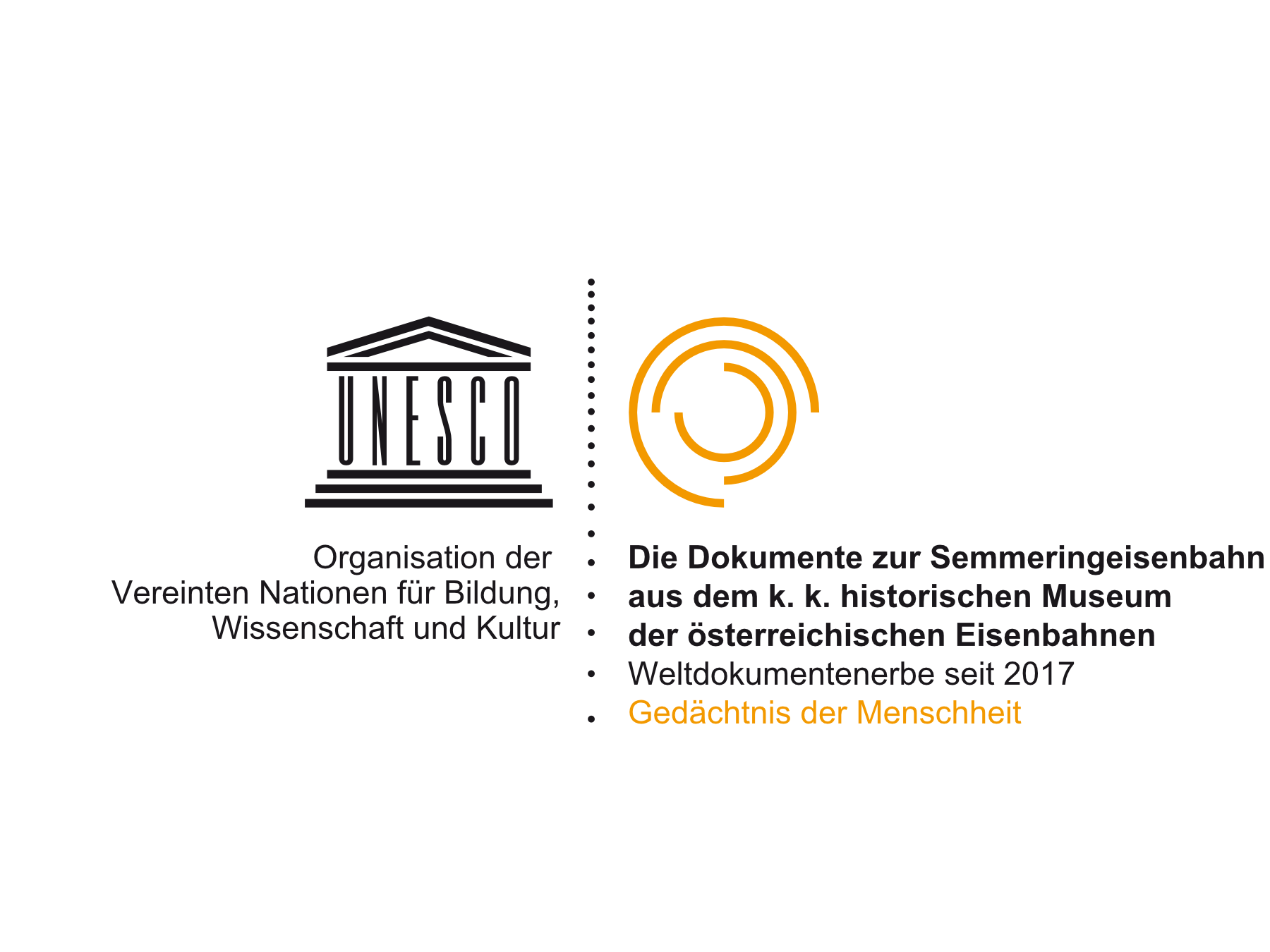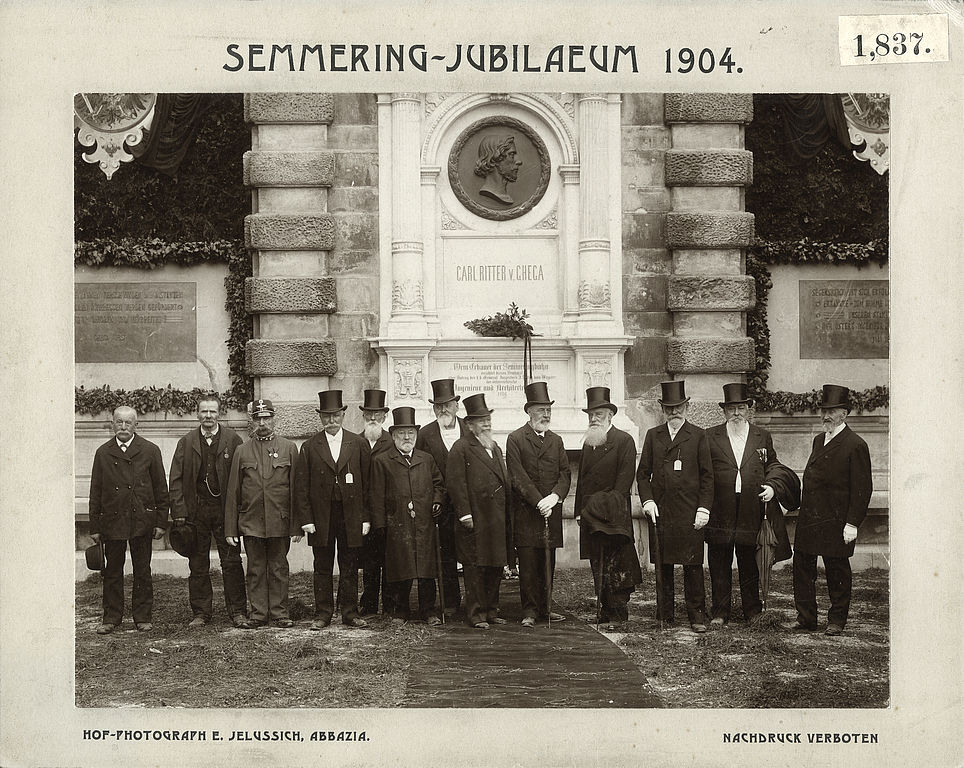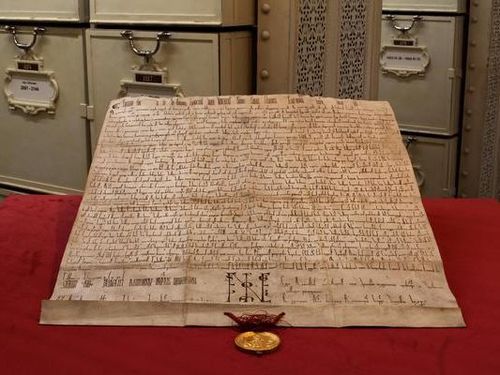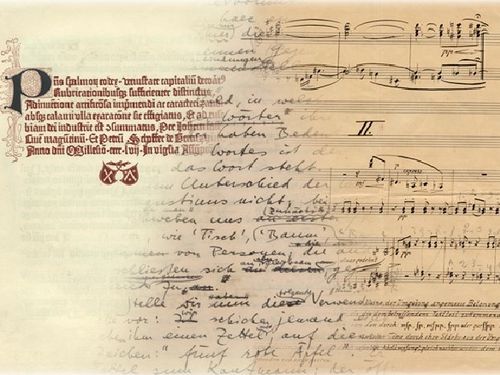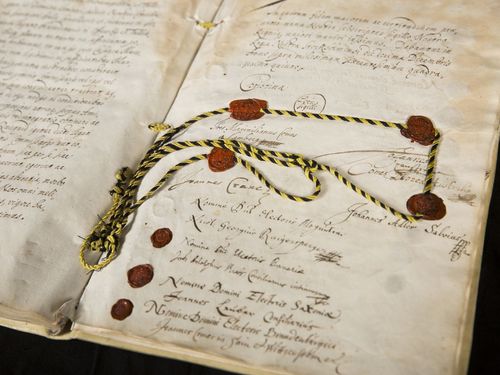The Semmering Railway was the first mountain railway in the world and has been part of UNESCO’s World Cultural Heritage since 1998. The collection at the Vienna Technical Museum illustrated the complexity and challenges of a construction project that was groundbreaking for international railway engineering.
The 164 original documents on the Semmering Railway originate from the Imperial and Royal Historical Museum of Austrian Railways and make it possible to reconstruct perspectives on and perceptions of the Semmering Railway, built between 1848 and 1849, as they would have been at the time. The construction drawings for the locomotive competition, notebooks, sketches, drafts, watercolours, lithographs, steel engravings and anniversary documents from between 1844 and 1910 emphasise the need for detailed documents in order to build the railway, viaducts and tunnel.
The draft designs for the railway competition (1851) and the first series of the mountain railways are pioneering works in mechanical engineering, as the use of trains on steep slopes was the subject of critical international debate. However, the panoramic views and photographs by passengers show the success of the mountain railway. In addition, documents from later anniversary years (1879, 1904) are proof that admiration for this technical feat persisted.

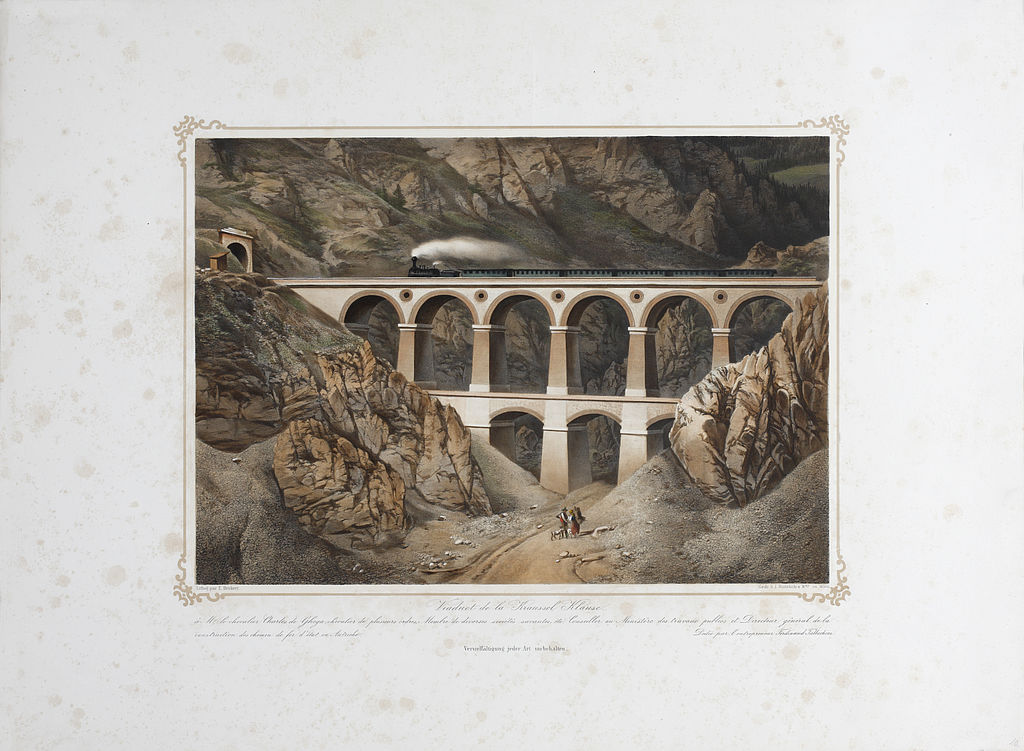
Global significance
In terms of route and length, the Semmering Railway was considered the first mountain railway in the world and a milestone in early railway engineering. Documents from the planning and implementation stages indicate the high level of complexity and technical innovations of the 19th century involved in the process. In 1998, it was the first railway route/line to be accepted onto UNESCO’s World Heritage List.

